In the heart of winter, there are few better natural heating solutions for your home than an open log fire or wood burner.
Here at Fountain Timber, we have a well-stocked supply of dried hardwood and softwood logs available to our customers during the colder months; all pre-cut-to-size and ready to use. To get the very best out of this wonderful natural resource, we’ve put together a handy guide.
Keeping firewood dry
For an efficient, safer burn
The key to clean-burning firewood that lights easily, produces less smoke and more heat is ensuring that your logs are dry. While the drier the logs the better, generally, firewood with moisture content less than 20% will yield the best burning results.
Not only is burning logs with a high moisture content harmful to the environment; with the increase in smoke, ash and pollutants, it can also cause damage to your woodburner. The advantage of choosing Fountain Timber for your wood burning needs, is that the logs are fully dried and ready to use, for a more efficient, safer burn.
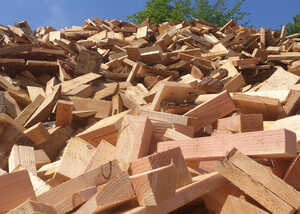
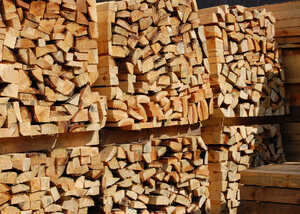
Storing firewood
Natural seasoning
While you might be tempted to stack firewood next to your stove for convenience and aesthetic purposes, doing so can be potentially hazardous. There have been numerous instances where firewood stored in close proximity to a stove has caught fire, resulting in significant property damage.
For best results, keep your logs outdoors in dedicated firewood and log stores to allow it to naturally season if required. Firewood exposed to the elements can re-absorb moisture and quickly deteriorate, and eventually the logs may begin to rot.
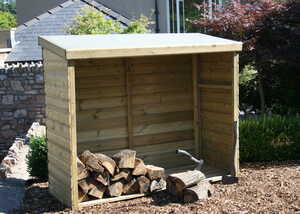
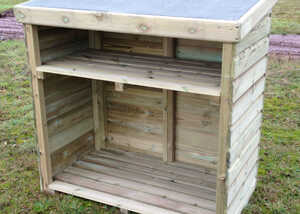
Quick tips for stacking firewood
For best results
Elevate your firewood to prevent moisture absorption by keeping it off the ground.
Shield it from rain while maintaining open sides to facilitate airflow and drying.
Avoid stacking firewood against your house to ensure proper airflow.
Ensure sturdy corners when building your woodpile to avoid collapse.
Split firewood into various sizes for better control over your desired fire intensity.
Hardwood or softwood
Which to choose?
When considering the type of wood to burn, it's essential to think about your firewood's intended purpose. Are you planning to use it occasionally, or will it serve as your primary heat source? Factors such as heat output, burning efficiency, and ignition ability should guide your choice of firewood.
Hardwoods have long been the conventional choice for log-burning stoves and fires. An increasing number of customers, however, are recognising the advantages of burning softwoods. Despite being lighter, softwoods generally offer a similar calorific value (heat output per unit weight) compared to hardwoods. Most contemporary log-burning equipment performs well with both hardwood and softwood logs, or even a combination of both.
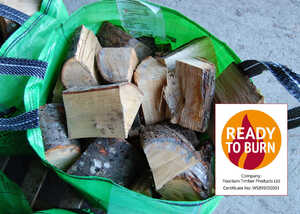
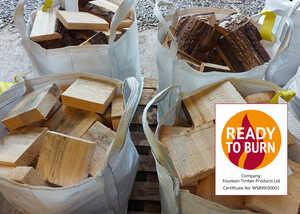
How can we help?
If you’d like any guidance on finding the best high-quality firewood and log storage solutions for your needs, don’t hesitate to get in touch. Whether you favour an open fireplace or a wood-burning stove, our range of firewood products, kindling and beautifully handcrafted firewood stores won't disappoint!
Posted on January 19th 2024

